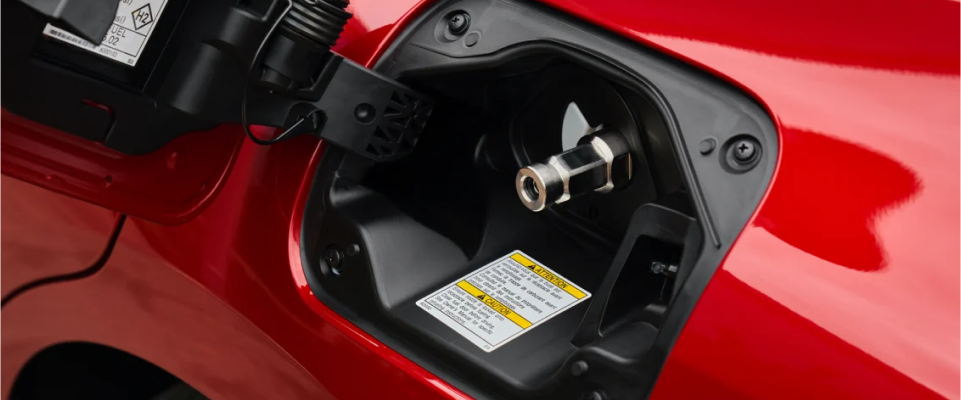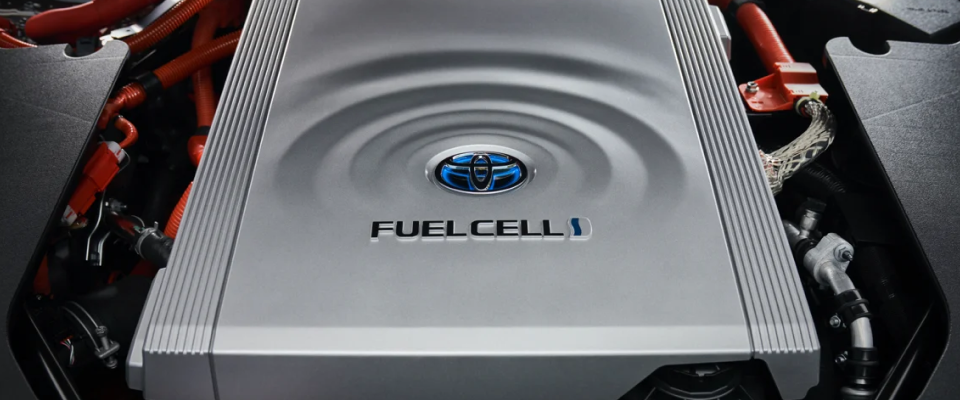Select your preferred store for a more customised experience.

Hydrogen. Fuelling the future.
Toyota is about more than getting from A to B, it's about revolutionising how we get from A to B. There is always a smarter, more efficient solution on the horizon. And we believe we’re on the way to something big.
Toyota’s journey to a carbon neutral future has led us to explore hydrogen powered fuel cells, which emit nothing but water and heat. This could not only transform how we drive, but how we ferry, how we power events and worksites, and beyond.
Toyota Fuel Cell
Toyota has been investing and innovating on the future of fuel cell technology since 1992. And it's this expertise that helped us repackage our design into something smaller and more versatile.
We can now use the fuel cell technology for more everyday applications. A huge step forward on our decarbonisation journey and beyond.
Toyota Mirai
The second-generation of the world’s first viable production hydrogen fuel cell electric vehicle, the Mirai, is forging a path into a new age of carbon-neutral power. Using the latest in hydrogen fuel cell technology, the Mirai generates clean energy safely and emits nothing but water, without sacrificing range.
ETNZ Chase Zero
Toyota has backed the incredible innovation that drives Emirates Team New Zealand (ETNZ) for more than three decades. And we’re continuing this partnership by supplying NZ’s winning team with a prototype of our hydrogen fuel cell system, providing the power behind their chase boat.
Toyota Hydrogen Power Generator
The hydrogen powered EODev GEH2 is the future of worksites, events, and emergency responses. This cutting-edge generator only releases water and heat as by-products. Less noise, no fumes, no CO2, or fine particles.
Scalable, efficient and easy-to-use, the GEH2 is equipped with the latest generation of Toyota Hydrogen Fuel Cell technology giving it exceptional reliability and a record life span. The perfect tool for your journey to a carbon-neutral future.
Interested? So are we.
Talk to us at hydrogen@toyota.co.nz
Latest News

Hydrogen. Here’s the facts.
1. Hydrogen is safe The science behind this is simple. Hydrogen is a gas that is lighter than air. This means if it’s accidentally released, it quickly rises and dissipates. So it wouldn’t contaminate the environment or pose a risk to humans if...

Hydrogen science overtakes science fiction
Published in 1874, Jules Verne’s science fiction novel, The Mysterious Island, tells of five prisoners-of-war who escape in a hydrogen-filled balloon. They crash on an island where fuel is scarce. In the book, Verne imagines a world where “water...